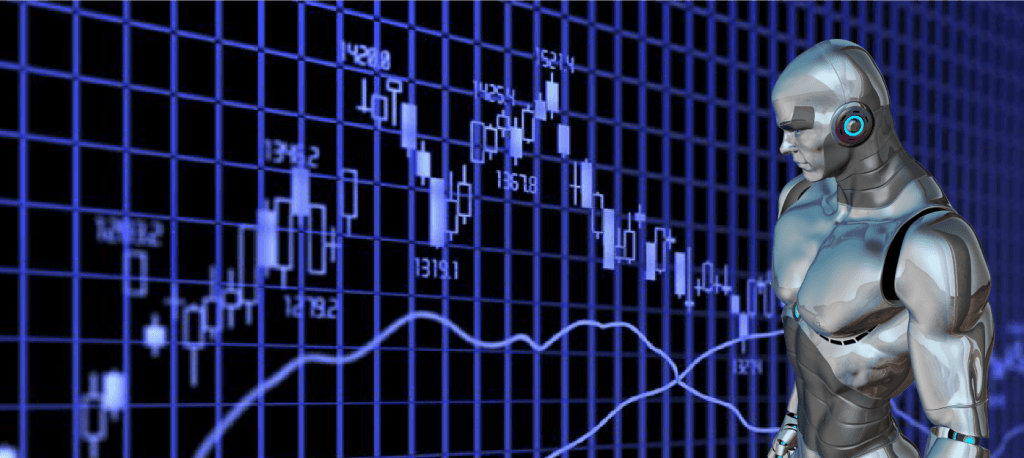
In the ever-evolving landscape of financial markets, technology continues to play a significant role in shaping how traders conduct their operations. One of the most notable innovations in recent years is the emergence of forex robots, also known as expert advisors (EAs), which have revolutionized the way traders approach the foreign exchange forex robot market. In this article, we’ll delve into the intricacies of forex robots, examining their functionality, benefits, and potential drawbacks.
What are Forex Robots?
Forex robots are automated trading software programs designed to analyze market data, identify trading opportunities, and execute trades on behalf of traders. These robots operate based on predefined algorithms and parameters, allowing them to make trading decisions without human intervention. Forex robots can execute trades in real-time, taking advantage of market opportunities 24 hours a day, seven days a week.
How do Forex Robots Work?
Forex robots operate by scanning the forex market for specific patterns, trends, or signals that match predefined criteria set by the trader. These criteria can include technical indicators, price action patterns, or fundamental data points. Once a trading opportunity is identified, the robot automatically executes the trade according to the parameters programmed into its algorithm.
The benefits of Using Forex Robots
Automation: One of the primary benefits of forex robots is automation, which eliminates the need for manual trading and allows traders to execute trades automatically based on predefined criteria. This automation can save time and effort for traders, especially those with busy schedules or limited availability to monitor the markets.
Emotion-Free Trading: Human emotions such as fear, greed, and hesitation can often cloud judgment and lead to irrational trading decisions. Forex robots operate based on objective criteria and are not influenced by emotions, potentially leading to more disciplined and consistent trading outcomes.
24/7 Trading: Unlike human traders who need rest and sleep, forex robots can operate continuously, analyzing market data and executing trades around the clock. This 24/7 availability allows traders to take advantage of market opportunities in different time zones and maximize potential profits.
Backtesting and Optimization: Forex robots can be backtested using historical market data to assess their performance under various market conditions. Traders can optimize the parameters of their robots based on backtest results, fine-tuning their strategies for optimal performance.
Diversification: Forex robots can trade multiple currency pairs simultaneously, diversifying risk and potentially increasing opportunities for profit. This diversification can help spread risk across different assets and reduce the impact of adverse market movements on overall trading performance.
Potential Drawbacks of Forex Robots
Lack of Flexibility: Forex robots operate based on predefined algorithms and parameters, which may not adapt well to changing market conditions or unexpected events. This lack of flexibility can lead to losses during periods of high volatility or unpredictable market movements.
Over-Optimization: Traders may be tempted to over-optimize their forex robots by tweaking parameters to fit historical data perfectly. However, over-optimization can lead to curve-fitting, where the robot performs well in backtests but fails to perform in live trading due to overfitting to past market conditions.
Technical Failures: Like any software, forex robots are susceptible to technical glitches, bugs, and connectivity issues. A technical failure can disrupt trading operations and lead to potential losses if not addressed promptly.
Dependency on Market Conditions: Forex robots may perform well in certain market conditions but struggle in others. Traders need to monitor their robots closely and adjust parameters as needed to adapt to changing market dynamics.
Conclusion
Forex robots have become valuable tools for traders looking to automate their trading operations and take advantage of market opportunities around the clock. While they offer numerous benefits such as automation, emotion-free trading, and backtesting capabilities, traders should be aware of potential drawbacks such as lack of flexibility, over-optimization, and technical failures. By understanding the functionalities, benefits, and limitations of forex robots, traders can make informed decisions about incorporating them into their trading strategies effectively.
